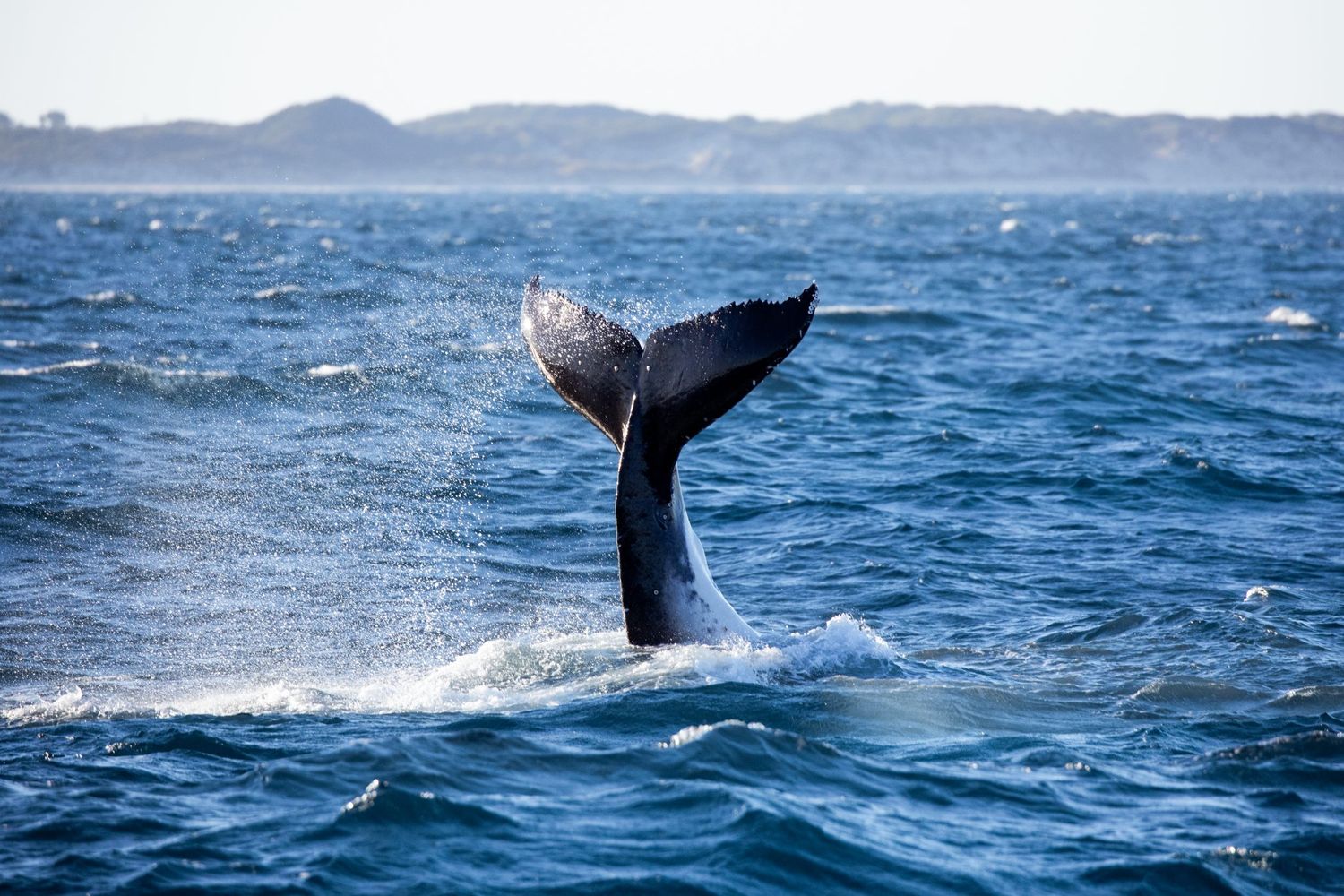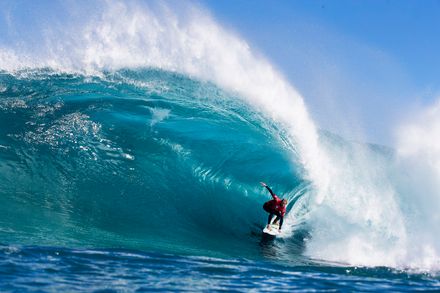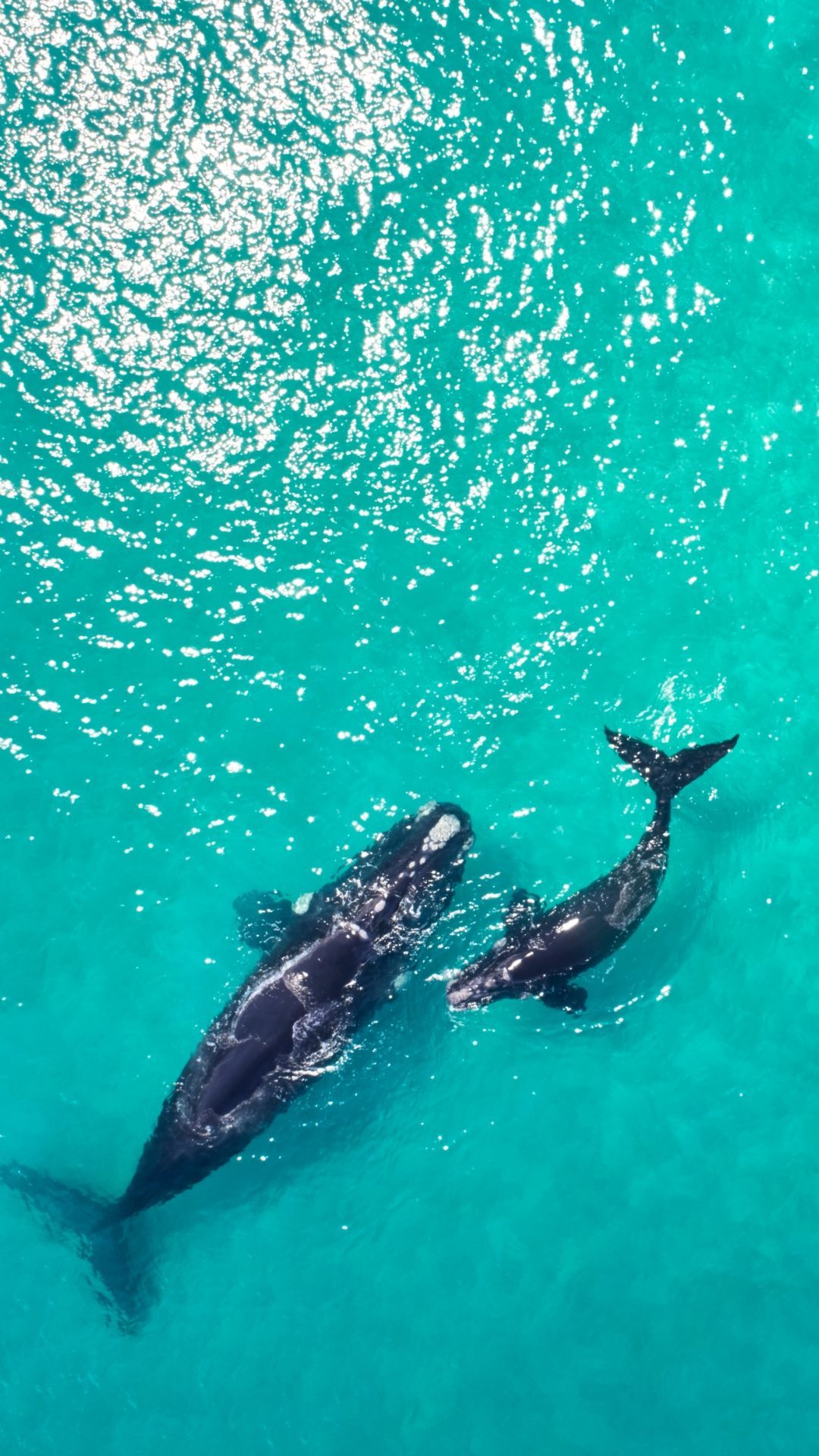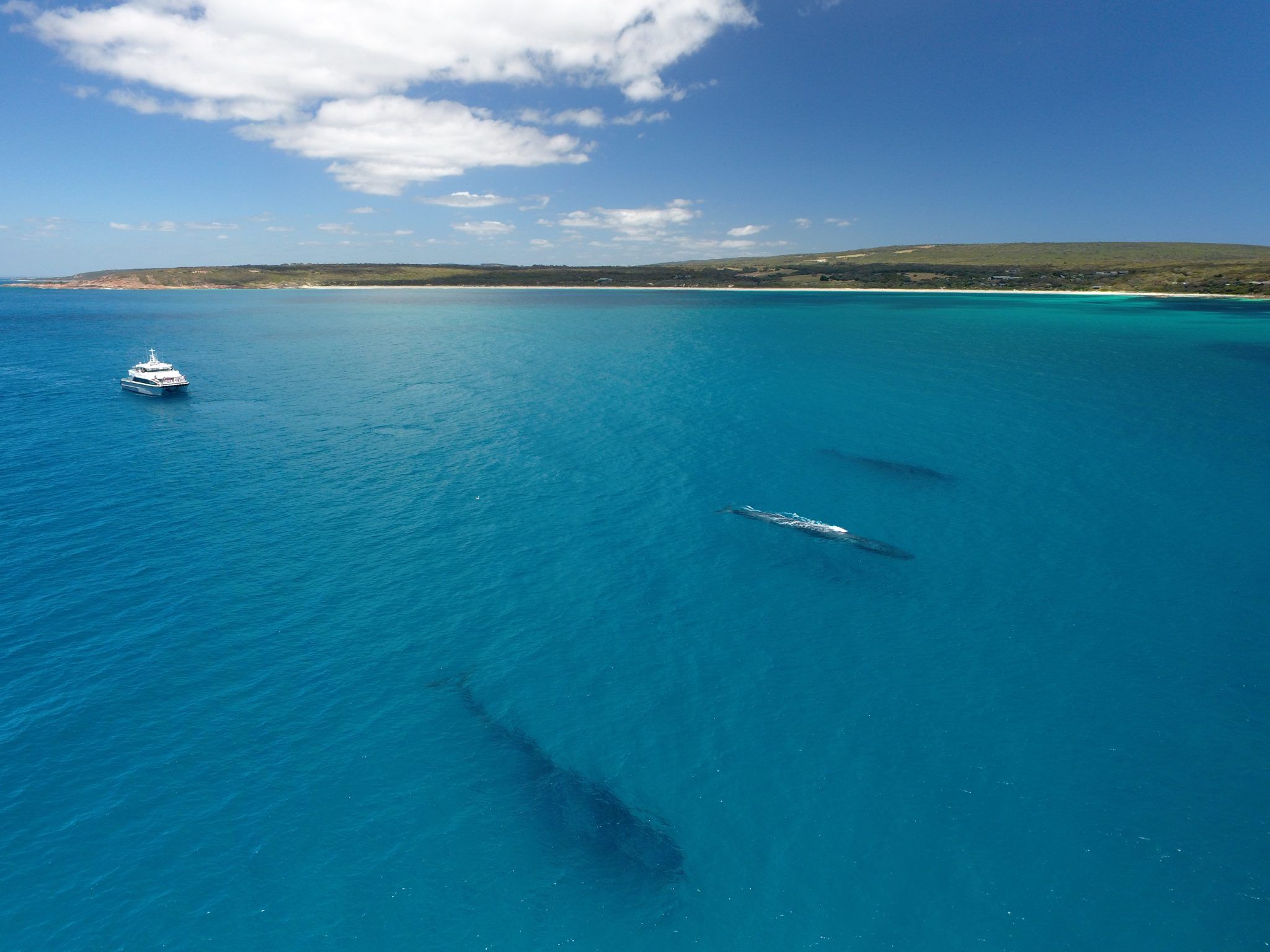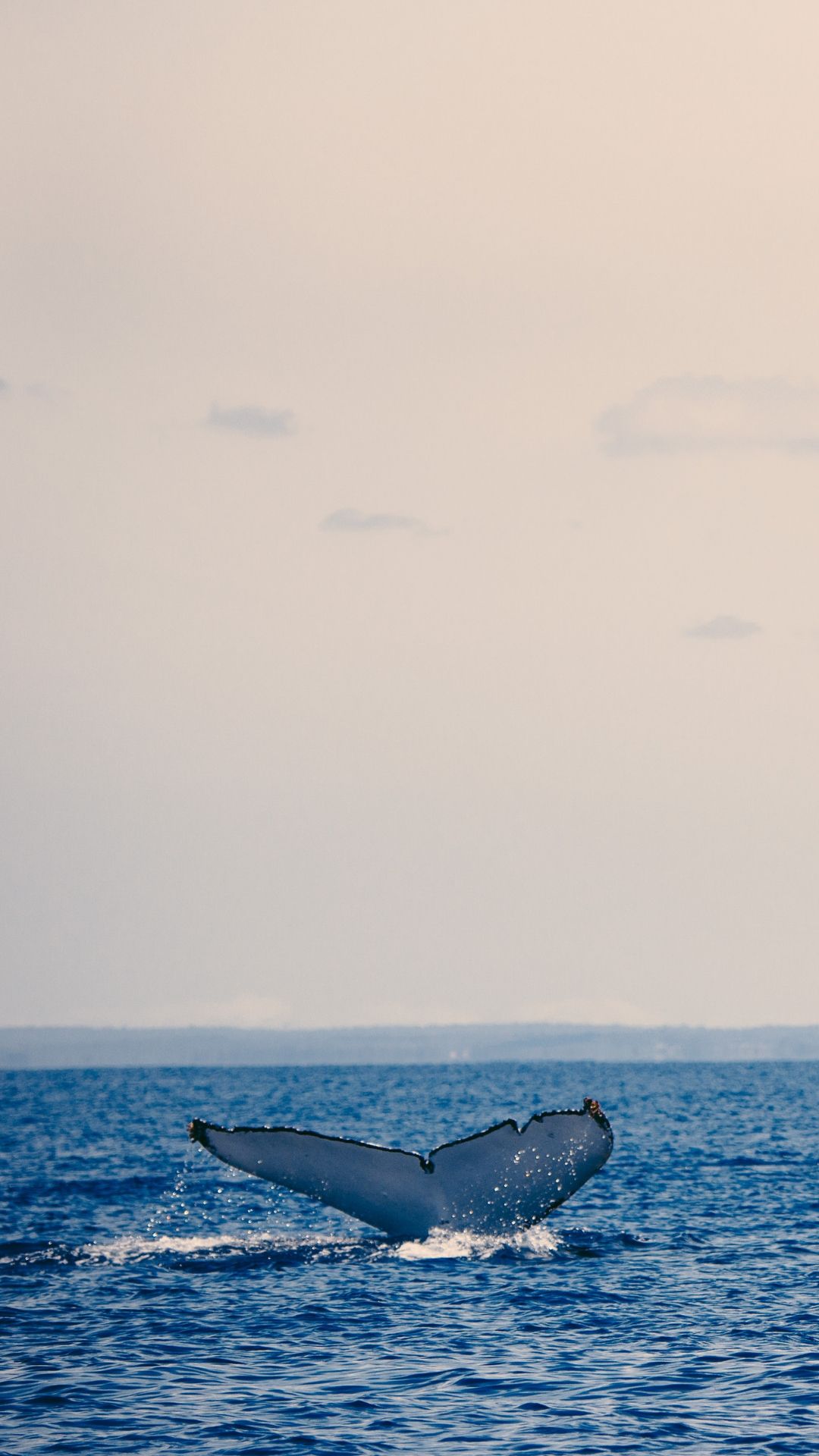The whale is one of the most mysterious and majestic creatures ever to have graced the earth.
As marine creatures that live in the depths of the ocean or the poles of the world, whales have not been well understood throughout the course of human history. Both feared and revered, they have become entrenched in human myth and folklore – think Moby Dick, and the tale of Jonah and the Whale in the Bible. Even today, some of their behaviours still baffle modern scientists.
As we come into the second half of the year in the Margaret River region, almost 35,000 whales are moving north along the coastline seeking warmer waters to breed in. In celebration of their annual pilgrimage, we’ve compiled this list of extraordinary facts to celebrate one of the world’s most mysterious species. Here are seven mysterious facts you didn’t know about whales.
